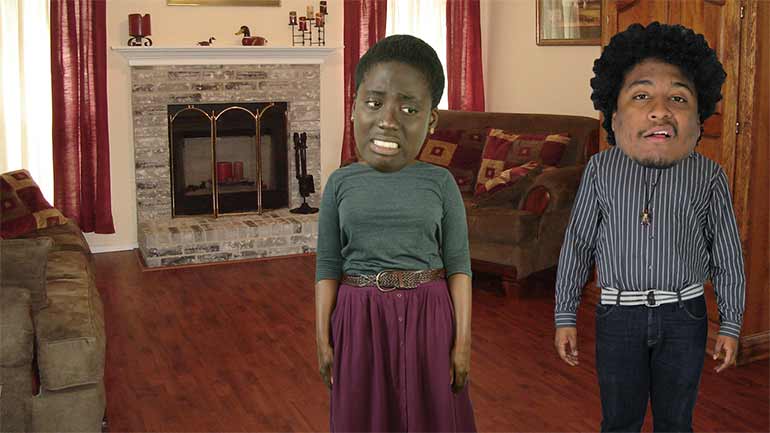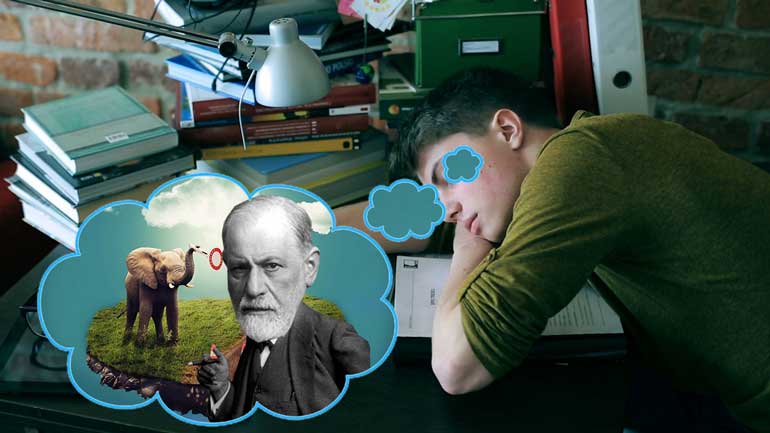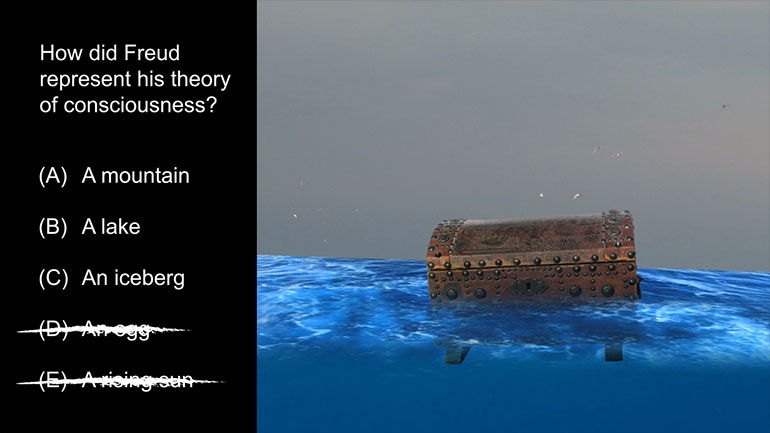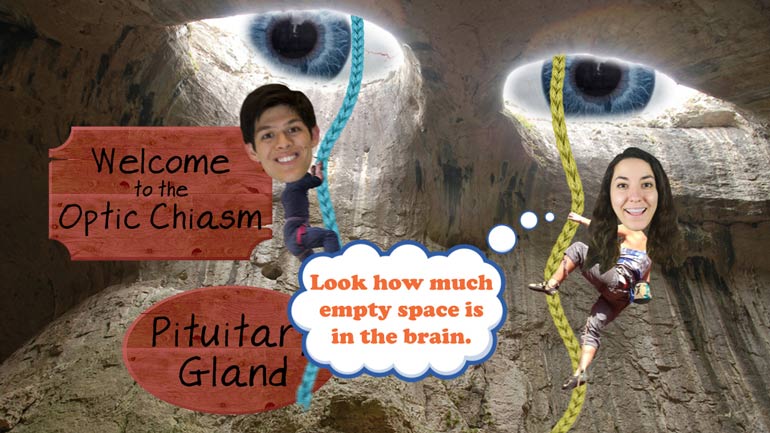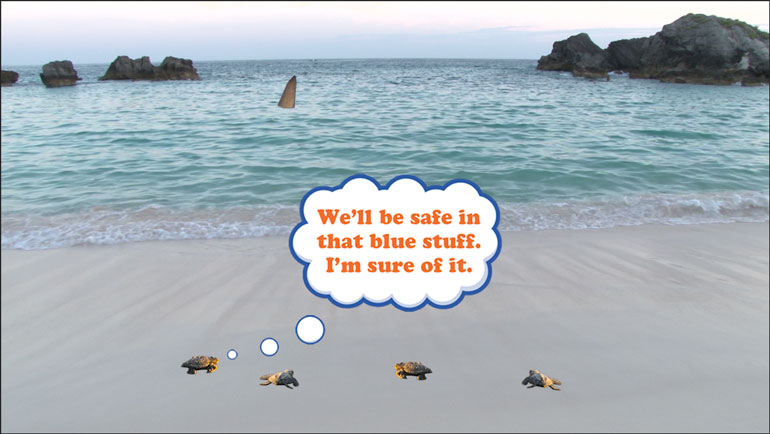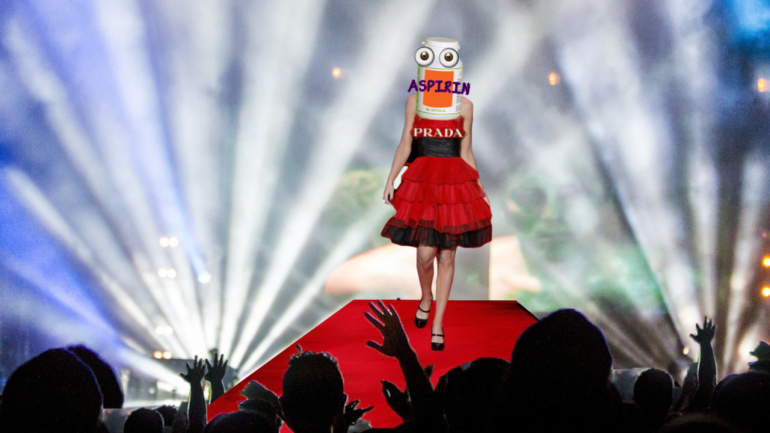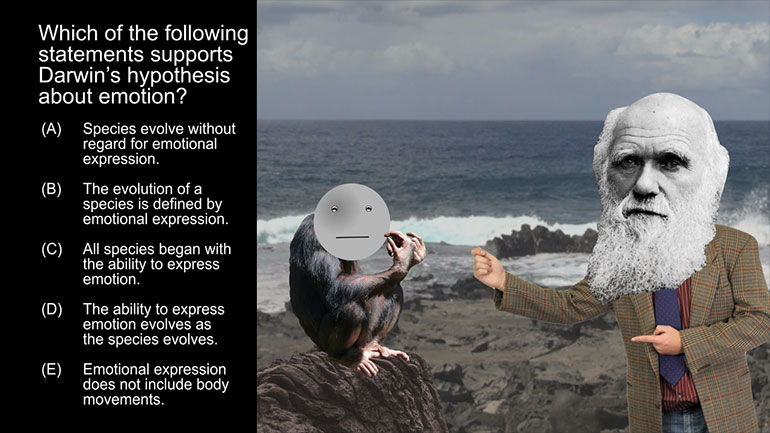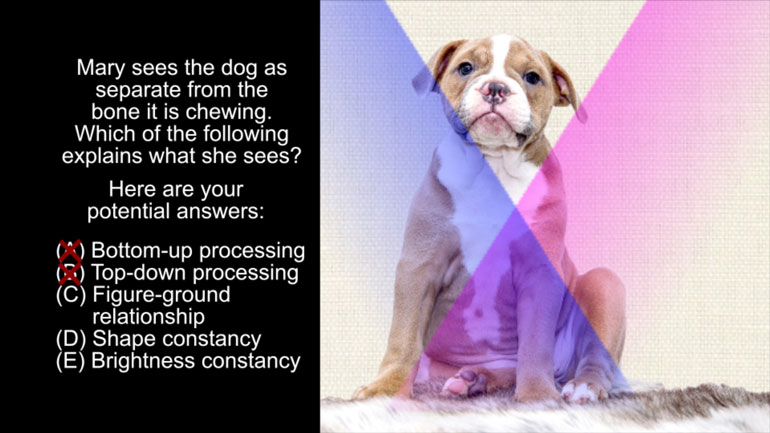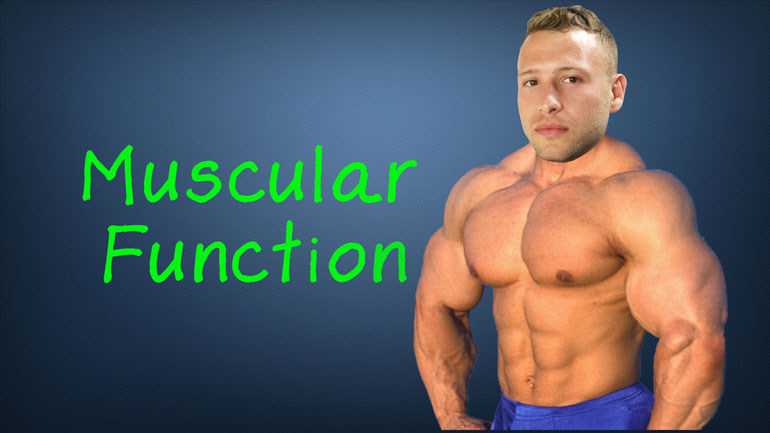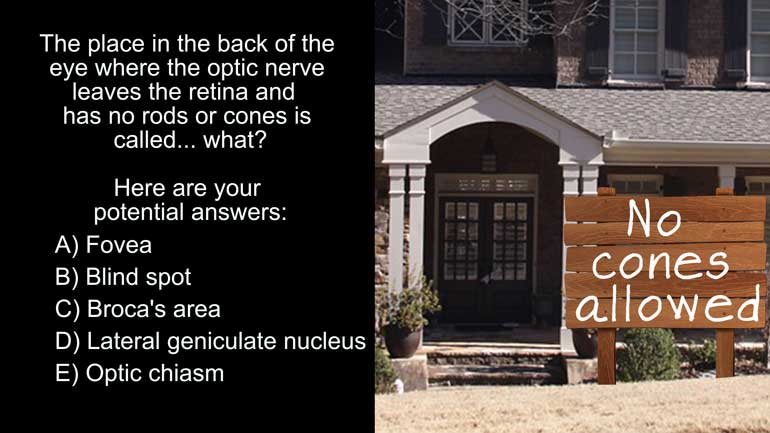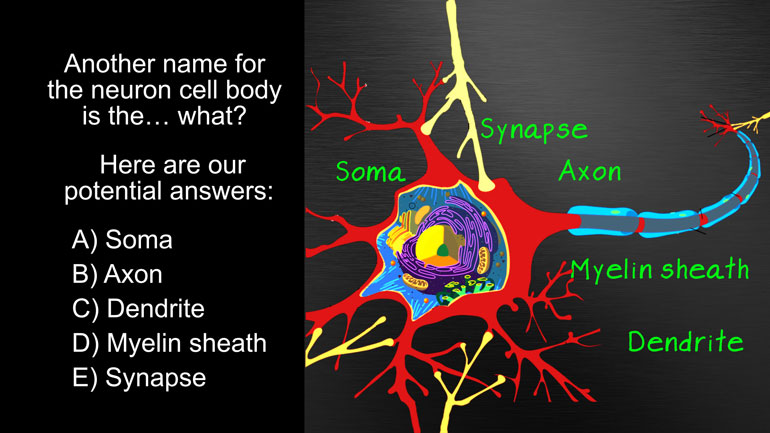ShmoopTube
Where Monty Python meets your 10th grade teacher.
Search Thousands of Shmoop Videos
AP Psychology Videos 162 videos
AP Psychology 1.1 Social Psychology. Which of the following best describes social psychology?
AP Psychology 1.1 States of Consciousness. Who conducted research on REM sleep deprivations?
AP Psychology 2.2 Social Psychology. Which of the following was an independent variable manipulated in Asch's research?
AP Psychology 3.4 Sensation and Perception 13 Views
Share It!
Description:
AP Psychology 3.4 Sensation and Perception. Which theory of hearing is described?
Transcript
- 00:04
And here's your shmoop du jour brought to you by different tones
- 00:06
what your mom asks you to use when she's not appreciating your sarcasm well [Mom shouting at son]
- 00:11
here's today's question the theory of hearing that suggests that we hear
- 00:14
different tones due to where the hair cells are located in the cochlea is
- 00:18
called the what and here are your potential answers.... well right
Full Transcript
- 00:25
off the bat we can go ahead and eliminate E) Basilar theory that's not
- 00:29
even a real thing creativity is great and everything but maybe not in a [Man painting]
- 00:32
multiple choice test taking scenario so save that for art class people how about
- 00:36
option A) well it's got one thing going for it opponent process theory is a real
- 00:41
thing it suggests that there are certain combinations of colors that one never [red and blue button with smiley and crying faces]
- 00:45
sees together at the same time in place think about it we can definitely see
- 00:48
yellowish greens and bluish reds, like these but what about reddish greens or
- 00:53
yellowish blues? well, these colors are considered impossible colors made [greenish red and yellowish blue colors]
- 00:58
impossible by the way in which the perceptive cones in our eyes sometimes
- 01:02
oppose one another cool definitely related to hair cells definitely not so [A digram of a hair cell]
- 01:09
we can cross out A) let's check out D) gate-control theory developed in the
- 01:14
1960s the gate-control theory of pain says that non painful stimulus can close [people walking through a door labelled central nervous system]
- 01:19
the gate to painful input preventing the pain sensation from reaching the
- 01:23
central nervous system the idea is that large nerve fibers in the spinal cord [a spinal cord]
- 01:29
stimulated by non painful stimulation can activate in blocks of small fibers
- 01:33
that would typically communicate with the sensation of pain also pretty cool [person hearing soundwaves]
- 01:37
but it doesn't have to do with hearing so it's not our answer so take D) out
- 01:42
could our answer be C) temporal theory well temporal theory suggests that how we [girl listening to music on a field]
- 01:48
perceive sound depends on the temporal patterns in which the neurons in our
- 01:53
cochlea respond to the sound.. In other words the pitch of sound is an attribute [Person whispering in a girls ear]
- 01:57
that is perceived not a physical property of the stimulus and the way in
- 02:02
which we perceive the pitch is dependent on the timing of the firing of the nerve [Arrow points to nerve in the brain]
- 02:05
impulses from within our ear hmmm close but no cigar this definitely has to do
- 02:11
with the basilar membrane within the cochlea [arrow pointing to cochlea in an ear]
- 02:14
the hair cells it contains but it doesn't have anything to do with the
- 02:16
placement of those cells so C) can see its way out of the scene that leaves us
- 02:22
with B) place theory, place theory differs from temporal theory in one
- 02:27
major way it suggests that the way in which we interpret pitch has to do with [Man talking on a cell phone]
- 02:32
the placement of the hair cells in the cochlea but once it sound hits the
- 02:36
eardrum it initiates a transfer of vibrations into the cochlea this [vibrations travelling down the ear]
- 02:39
vibration determines which hair cells move along the basilar membrane and as
- 02:43
the theory goes where a hair cell is located determines the frequency that
- 02:48
any given cell will detect the perceived pitch then is determined by which parts [Person making noise and sound waves travel]
- 02:53
of the membrane the initial sound eventually causes to vibrate that means
- 02:57
B) is the correct answer now every time you hear music you get to imagine a [A couple listening to music with headphones]
- 03:01
whole bunch of ear hair fun huh?
Related Videos
AP Psychology 1.1 Sensation and Perception. The process by which the brain can turn sensory stimuli from the outside world into electrical signals...
AP Psychology 2.2 Social Psychology. Which of the following was an independent variable manipulated in Asch's research?
AP Psychology 1.1 Personality. According to Freud, these three parts of personality are constantly in conflict.
AP Psychology 1.1 Social Psychology. Which of the following best describes social psychology?
AP Psychology 1.1 States of Consciousness. Who conducted research on REM sleep deprivations?
